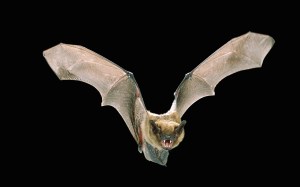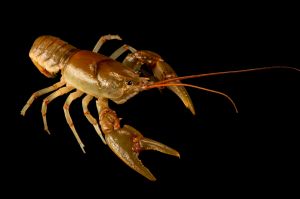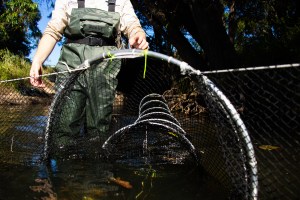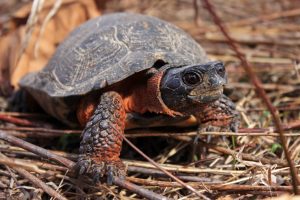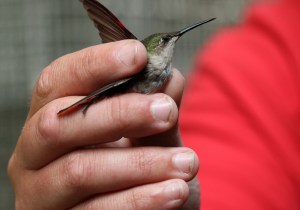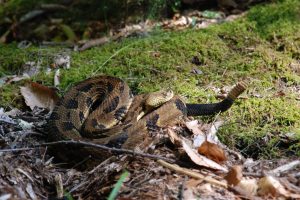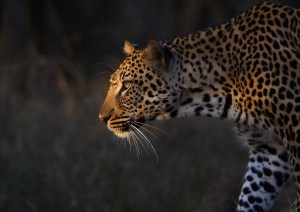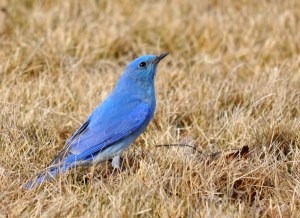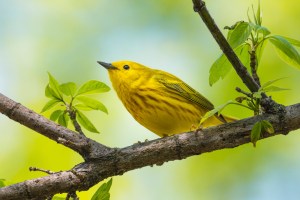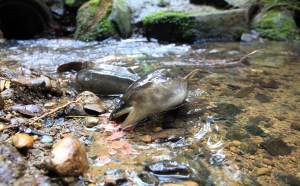Discover stories in Wildlife Science
The Real Batmobile: A Citizen Scientist’s Night Drive
Monitoring bats on back roads is a citizen science project for the whole family…sort of.
Radio Tracking a Rare Crayfish
The Guyandotte crayfish was thought to be extinct. But it’s back.
Can Platypus Persist Alongside People?
Under threat from urban development, can this iconic Australian animal survive alongside us?
A Night With the Platypus Scientist
Trapping for platypus is akin to searching for a needle in a haystack. A very adorable needle.
Recovery: A Future for Wood Turtles
Wood turtles face a host of threats, including public recreational access. But there’s hope.
Banding Hummingbirds
How do you band hummingbirds? As quickly as possible with bands about the size of a cookie crumb.
Timber Rattlesnakes: Cool Facts and an Uncertain Future
Meet the feared but reclusive and docile snake of the eastern forest.
New Map Shows Hotspots of Species Under Threat
A new analysis identifies global hotspots where the most species are threatened by human impacts.
A New View of Bird Vision
New research shows that birds see more colors than you do.
Can Migrating Birds Adapt To Climate Change?
Migratory birds are facing changing insect hatches and tree blooms. How can they adapt? And how can you help?
Afield with the Gar Professor
Meet Solomon David, a “garnado” of enthusiasm for all things primitive fish.
Meet the Mysterious Freshwater Eels of New Zealand
Meet the eels of New Zealand… they can climb ladders, live for 100 years, and migrate thousands of miles to an unknown spawning ground.
